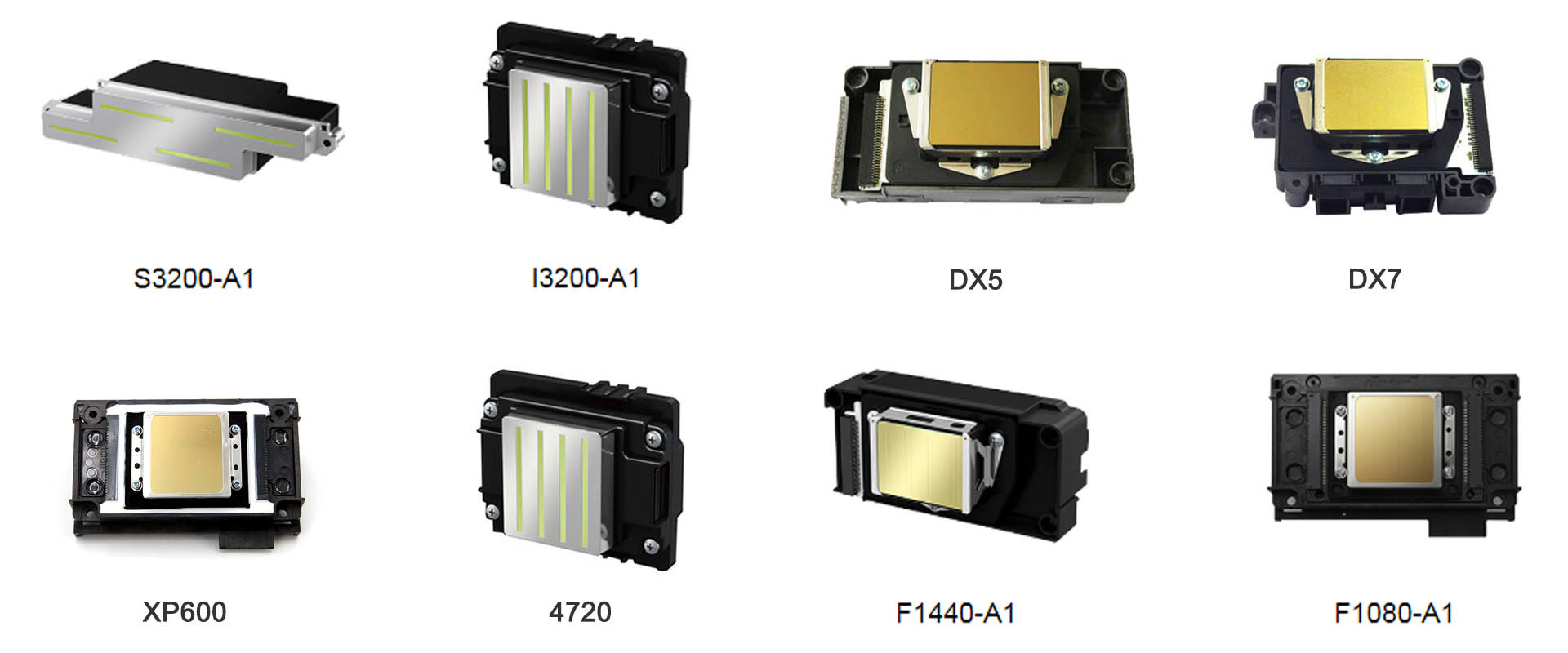Sublimation ink (also known as heat transfer ink) is to make low-energy, easy-to-sublimation disperse dyes into digital printing ink, printed on sublimation transfer paper, through heating, the image can be made to fine porcelain, metal, silk, chemical fiber fabric, and other materials in the shortest possible time, which is very suitable for the market needs of personalized development and the requirements of environmental protection and energy saving.
Sublimation printing application areas are very wide, especially the rapid development of sublimation printer technology environment, in clothing, printing and dyeing, decoration, crafts, light industry, gifts, advertising, art, photography, tourism, building materials and other industries production production are well used.
Sublimation ink how to choose is most heat transfer beginners often have trouble because there are too many different sublimation ink on the market, of which different brands will have different characteristics, so if not carefully selected, may have a great impact on the quality of printing, and even printing equipment will have some loss. This article will take you to quickly understand the sublimation ink, and what exactly should be selected from.
Confirm the printhead model
One sublimation ink can not fit all printer models, in the purchase of ink before you usually need to confirm your print head model, choose a sublimation ink compatible with it.

Anti-sedimentation
Dye sedimentation in the ink will seriously affect the quality and stability of the ink, which can easily lead to print head blocking, so quality ink must have good resistance to sedimentation.
Smoothness of printing
The smoothness of the ink is the value of one print length and area. Smoothness determines the print quality and print paper's continuous length. By the production standards for inkjet printing ink, the general ink dye particle size can not be greater than 0.1μm, below this standard may appear on the printer plugging phenomenon, and the ink quality will be greatly reduced.
Color reproduction rate
Sublimation inks transfer images to products mainly through the properties of thermal sublimation, so the color reproduction rate is one of the very important factors. The higher the color reproduction rate, the higher the color saturation of the pattern transferred to the product. The high-quality ink is the only way to ensure the transfer of the right colorful, richly layered patterns to create excellent visual effects. For sublimation transfer ink, black ink is the easiest to off-color, so when choosing you can first print a black color block to check whether the color after the transfer is pure black. This is also the most direct distinction between the advantages and disadvantages of heat transfer sublimation ink important indicators.
Colorfastness
Colorfastness is related to the pigment in different materials, whether to withstand scrubbing, friction, exposure to the sun and other tests. It is also an important way to test the quality of sublimation ink. The higher the color fastness of the ink, the print is not easy to fade, and the stronger the durability.
High-quality digital prints are very strict in the selection of printing equipment and sublimation ink. Only by choosing high-quality sublimation inks and high-performance sublimation printers can users print out more perfect patterns. Subtextile sublimation ink can be adapted to DX5, DX7, I3200, S3200, XP600 and other printheads, with high color saturation, high colorfastness, smooth printing without head blocking, and excellent stability and standby performance. It meets the OEKO-TEX100 standard, green and environmental protection.
Subtextile is a digital sublimation printing sub-brand of Hanrun Paper® that focuses on the textile field.
As a leading brand in the digital printing industry, Hanrun Paper® has been established in 2009 and has provided a full range of integrated services to business owners in 169 countries and regions around the world. Its products cover the industrial chain of sublimation, DTF, heat transfer, etc., and have a strong professional service team to provide a full range of technical after-sales support.
Subtextile has always been committed to providing customers with high-quality sublimation printing consumables and equipment, as well as one-stop textile digital sublimation printing solutions. We have our own sublimation paper factory and complete production and transportation process: four coating lines are used for daily production; four slitting workshops are equipped with a total of 10 slitting machines; the quality inspection center conducts comprehensive inspections to ensure product quality stability; International shipping packaging has always been at a high standard level, able to meet the needs of customers around the world. Our products have obtained many professional certifications such as FSC, ECO PASSPORT by OEKO-TEX, CE, etc. Subtextile always regards environmental protection as a major concept of the brand. Subtextile not only can accurately meet your printing needs, but you can also get the most professional technical support and after-sales service here.
Subtextile Co. Ltd.
Address:699-18 Xuanwu Avenue, Nanjing City, China, 210000
Tel |Fax:+86 25 85416407 (GLOBAL)
Cell:+86 17798509616
Whatsapp:0086 17798509616
E-mail:[email protected]
 Choose sublimation paper? Focus on quality over price
Choose sublimation paper? Focus on quality over price
 7 Factors To Consider Before Choosing A Digital Textile Printer
7 Factors To Consider Before Choosing A Digital Textile Printer
 2024 Apparel Decoration Industry Trends
2024 Apparel Decoration Industry Trends
 What are the features of digital textile printing equipment
What are the features of digital textile printing equipment